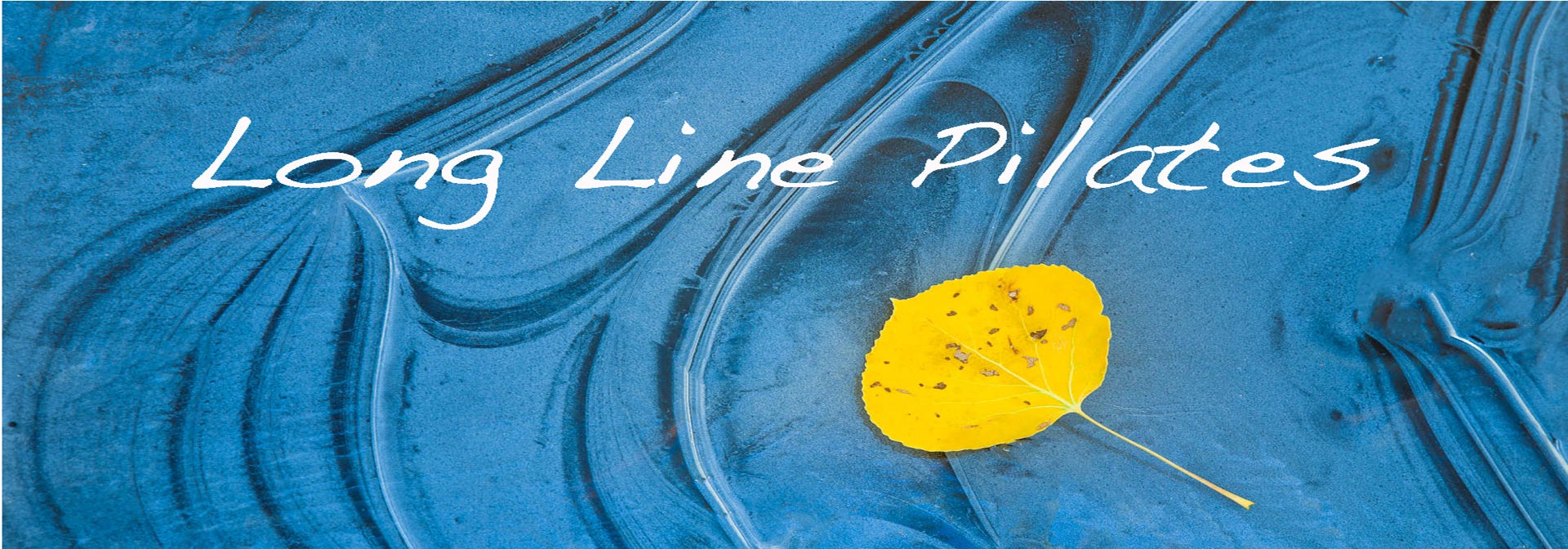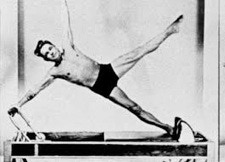

About Your Instructor
Kristi Long obtained her BFA in Theatre Education from Arizona State University, shortly thereafter, a degree in Dance. Kristi’s commitment to movement and her exceptional teaching ability soon lead her to Pilates training. Her Pilates credential comes from over 650 hours of study and practice working with clients, certified by the Uniformity Studio. Her method has been handed down from the Boulder School featuring training under Romana Kryzanowska, a dancer from the School of American Ballet and a Joseph Pilates protege who inherited his studio in New York City. This lineage is significant because Kristi strives to foster the legacy and tradition of the original classical method of Pilates that Romana is famous for. For over fifteen years, Kristi has made it her mission to empower her clients to strengthen and heal themselves, through the fundamentals, the passion and commitment that classical Pilates inspires.
About Joseph Pilates & Contrology
German born Joseph Pilates was living in England,
working as a circus performer and boxer, when he
was placed in forced internment in England at the
outbreak of WWI. While in the internment camp,
he began to develop the floor exercises that evolved
into what we now know as the Pilates mat work.
As time went by, Joseph Pilates began to work with rehabilitating detainees who were suffering from diseases and injuries. It was invention born of necessity that inspired him to utilize items that were available to him, like bedsprings and beer keg rings, to create resistance exercise equipment for his patients.
Joseph Pilates developed his work from a strong personal experience in fitness. Unhealthy as a child, Joseph Pilates studied many kinds of self-improvement systems. He drew from Eastern practices and Zen Buddhism, and was inspired by the ancient Greek ideal of man perfected in development of body, mind and spirit. On his way to developing the Pilates Method, Joseph Pilates studied anatomy and developed himself as a body builder, a wrestler, gymnast, boxer, skier and diver.
After WWI, Joseph Pilates briefly returned to Germany where his reputation as a physical trainer/healer preceded him. In Germany, he worked briefly for the Hamburg Military Police in self-defense and physical training. In 1925, he was asked to train the German army. Instead, he packed his bags and took a boat to New York City. On the boat to America, Joseph met Clara, a nurse, who would become his wife. He went on to establish his studio in New York and Clara worked with him as he evolved the Pilates method of exercise, invented the Pilates exercise equipment, and of course, trained students.
Joseph Pilates taught in New York from 1926 to 1966. During that time, he trained a number of students who not only applied his work to their own lives but became teachers of the Pilates method themselves. This first generation of teachers who trained directly with Joseph Pilates is often referred to as the Pilates Elders. Some committed themselves to passing along Joseph Pilates’ work exactly as he taught it. This approach is called “classical style” Pilates. Other students went on to integrate what they learned with their own research in anatomy and exercise sciences.
Joseph Pilates' New York studio put him in close proximity to a number of dance studios, which led to his “discovery” by the dance community. Many dancers and well-known persons of New York depended on Pilates method training for the strength and grace it developed in the practitioner, as well as for its rehabilitative effects. During the 80’s exercise science caught up with the Pilates exercise principles and the surge of interest in Pilates got underway. It was chiefly dancers and elite athletes who kept Joseph Pilates' work alive during that time.
Joseph Pilates passed away in 1967. He had maintained a fit physique throughout his life, and many photos show that he was in remarkable physical condition in his older years. He is also said to have had a flamboyant personality. He smoked cigars, liked to party, and wore his exercise briefs wherever he wanted (even on the streets of New York). It is also said that he was an intimidating, though deeply committed, instructor. Clara Pilates continued to teach and run the studio for another 10 years after Joseph Pilates death. Today, Joseph Pilates legacy is carried on by the Pilates Elders, and by a large group of contemporary teachers.
Joseph Pilates called his work, Contrology. He defined Contrology as “the comprehensive integration of body, mind and spirit.” This philosophy is beautifully elucidated in his book, Return to Life Through Contrology.
Pilates is not a derivative of yoga. While Joseph Pilates studied many fitness and mind/body disciplines, though he may have been exposed to yoga, there is actually no historical evidence that he studied yoga seriously. While Pilates and yoga are very complimentary practices, they are also very different.
Truth be told, is that Pilates is a fix for flabby abs. Pilates is well known for flattening tummies. The reason is that Pilates focuses on working from the core, especially the deeper abdominal muscles. Toning the abdominal and pelvic floor muscles provides stability and freedom of motion throughout the body. This is also one of the reasons that Pilates has been so successful for people who have back pain.
However, Pilates does not stop at abdominal work. Structural integration, and learning to create a flexible, strong body that can move freely and efficiently are important goals of Pilates fitness. To this end, Pilates works all body parts in a very balanced way, not just the abs..
The Pilates method is also a practice of mind/body fitness. Developing a body that works as a harmonious whole requires much more than a calisthenic or spot reduction approach to fitness. The Pilates principles - control, centering, concentration, breath, flow, and precision all support an integrative mind/body experience through Pilates exercise.
